Volume 2: Kenzo Soejima, MD Ph.D.
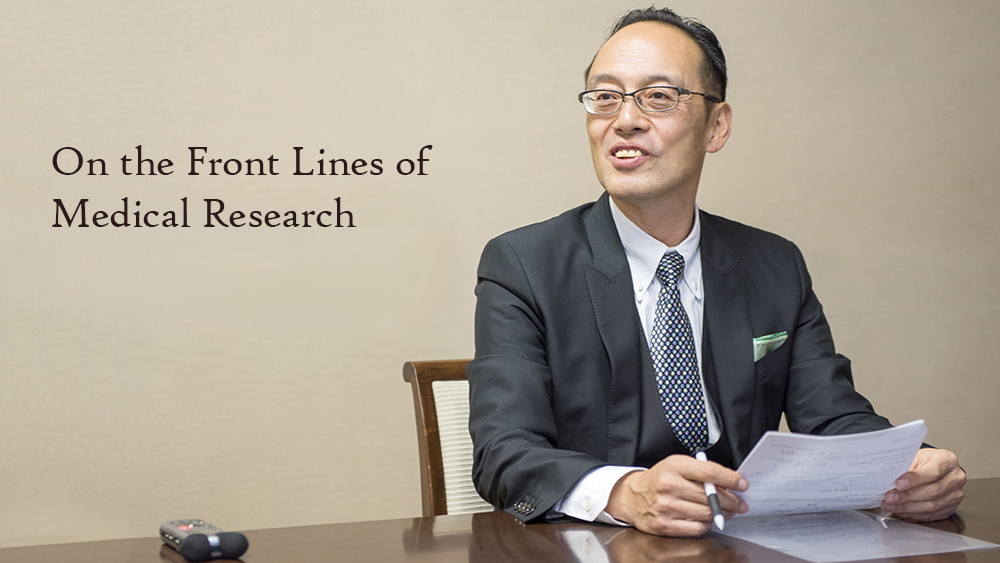
The Keio University Hospital Clinical and Translational Research Center (CTR) was launched in 2014 with a specific mission: to pioneer the latest advances in medicine. In this series, Dr. Mototsugu Oya, the CTR's Chief of Public Relations, talks with the center's leading clinical researchers about the current challenges and future goals of the center.
This is the second in a series of interviews by Dr. Mototsugu Oya. In this interview, Dr. Oya sits down with Dr. Kenzo Soejima, Chief of the CTR's Division of Translational Research, to talk about the role and future of translational research in the field of medicine.
Profile
Chief, Division of Translational Research
Professor, Department of Urology, School of Medicine, Keio University
Bridging the Gap Between Basic Research and Clinical Practice
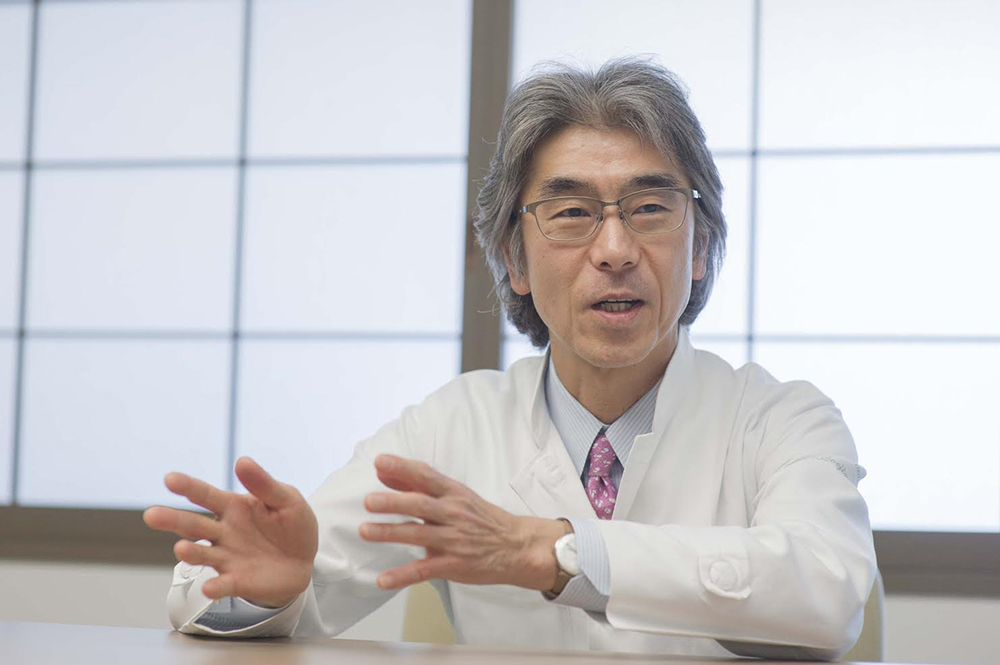
Oya: We have Dr. Soejima from the Division of Translational Research at the CTR with us today. First off, could you tell us about the role that the Division of Translational Research has to play within the CTR?
Soejima: Sure. I think that there are two types of research in the field of medicine. The first is basic research, which seeks for deeper truths but is not necessarily linked to the clinical setting in a direct way. The other is research in which we devise ways to apply basic research findings to create novel methods of medical treatment. This is what we commonly call "translational research." Our mission at the Division of Translational Research is to aid in effectively bridging the gap between findings of basic research and new clinical applications through translational research.
Oya: It seems to me that many researchers in the medical profession, including myself, prefer basic research. Oftentimes researchers are more concerned with gaining recognition in academic societies and research publications than in pursuing patent acquisitions or future pharmaceutical applications. But I think that the mindsets of individual researchers are shifting as the CTR at Keio University Hospital has begun to make a name for itself as a hub for translational research both within the university and beyond since its establishment in 2014.
Soejima: You're absolutely right. I'm a respiratory physician who specializes in lung cancer. Around 2002, Iressa appeared as a molecular targeted drug to treat non-small cell lung cancer. After several years, it was published that this drug was only effective against populations with mutations of the EGFR gene. This was the point where respiratory physicians like myself gained a clear vision for the process of drug development based on genome information. It was also at this time that I fully realized the importance of translational research.
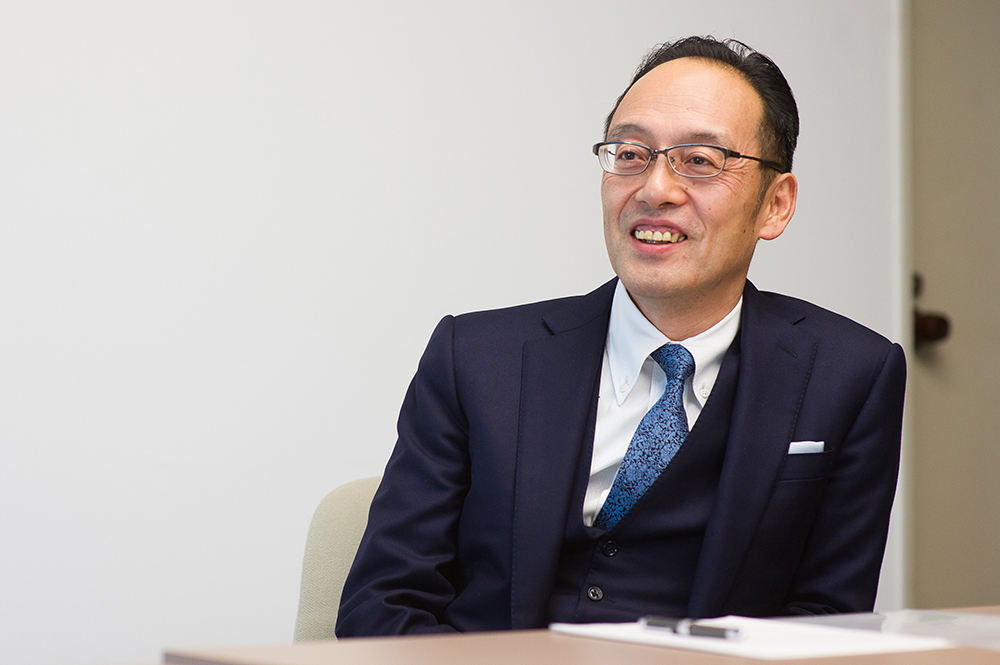
But that wasn't the only time that translational research has led to the development of a medical treatment for lung cancer. In 2007, Dr. Hiroyuki Mano, who is currently a professor at the Graduate School of Medicine at the University of Tokyo, discovered the EML4-ALK gene fusion in certain types of lung cancer. Crizotinib, a drug which was originally developed against the MET tyrosine kinase, was found to be also effective against the lung cancer with the EML4-ALK fusion gene. Clinical trials started soon after, and the drug was approved by the United States Food and Drug Administration (FDA) in 2011, just four years after the discovery of the EML4-ALK fusion by Dr. Mano. After seeing the entire process, from the initial scientific findings to their clinical application, I was again personally impressed by the power of translational research. In my current position at the CTR, I would like to promote translational research more through building a strong support team. I am confident that with our great team, we can convey the excellence of Japanese medical science both here at home and abroad.
Oya: Well, our translational research team here at the CTR is full of accomplished professionals. I think it's the strength of the team--in addition to individual ability--that really matters. I myself conduct clinical research as a clinician, but there are many things that cannot be accomplished on your own when developing new medical treatments. Therefore, it's essential to think about the power of cooperation and the strength of the team as a whole. It would be ideal if each researcher could engage fully in their work with CTR specialists available to handle any remaining tasks. I think this kind of support has the power to drive new medical innovations. I feel Keio CTR has the potential for this kind of teamwork, and this feeling has only gotten stronger over the past two years since the CTR's establishment.
Soejima: I also believe it's important to clearly explain how and to whom the translational research team can offer its services. I would like to open up these channels of communication.
Oya: Yes, I agree. I think it's crucial to let clinical doctors know that they don't have to do everything alone-that they can focus on what they do best and leave other tasks to us. This is meant to protect researchers and to promote motivation as well. As the of Division of Public Relations, I think it is important that the CTR makes personal and transparent relationships with individual researchers and constructs mutually reinforcing systems for medical innovation.
Four Criteria for Research Screening
Oya: You deal with early-stage research projects almost every day. What criteria does the Division of Translational Research use to determine successful candidates?
Soejima: The Division of Translational Research has four general criteria. Of them, intellectual property (IP) is the most important. Research cannot be commercialized without sufficiently strong patents. For example, research has little to no value as IP if it has already been presented at an academic conference without having applied for a patent prior to the conference, regardless of its scientific value. Since one of our division's primary missions is the development of new drugs and devices that will actually be used at bedside, we have no choice but to give lower priority to research that is no longer a potential source of IP.
The next criterion we look at is potential for further development. Even with a good idea, we have to give lower priority to a project if too many obstacles impede it going forward. Conversely, we deem a project to have high R&D potential when it has already gained corporate support for development. The third criterion is the social significance of the research. For example, drugs for rare diseases are socially expected, but pharmaceutical companies often hesitate to fund R&D for rare diseases as they do not yield large profit margins. As such, I think research into rare diseases is one area where academic institutions should commit. We assign fairly high priority to such research if it is likely to produce socially valuable outcomes. The final criterion is scientific value. Unprecedented research is evaluated highly if it has great potential to result in the development of drugs that work in completely new ways.
Strengthening Networks
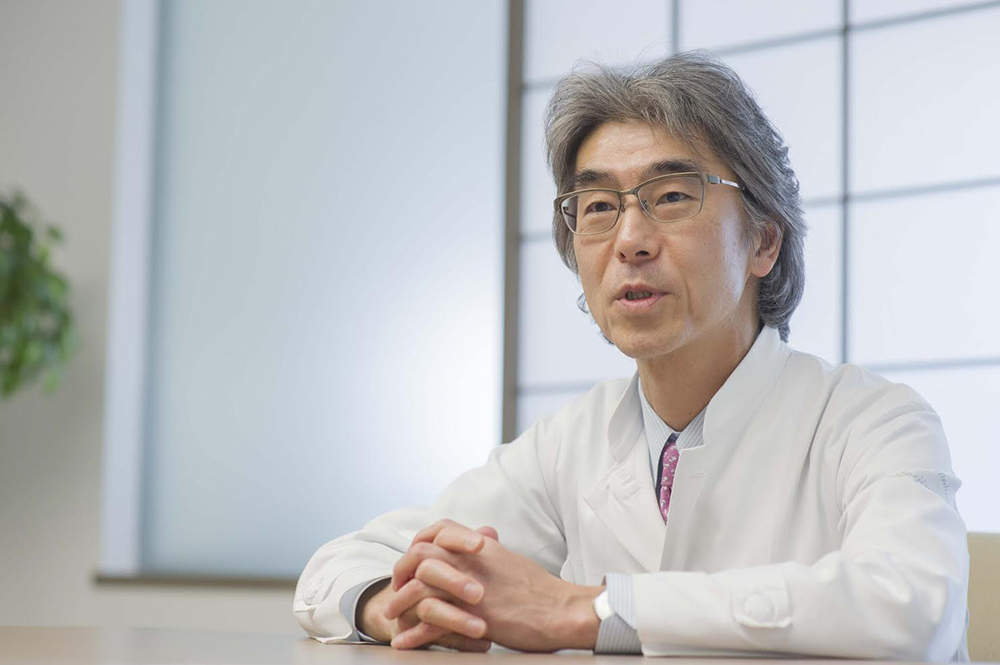
Oya: What's on the horizon prospect for the CTR?
Soejima: Well, we are one of only nine translational research support centers in the country selected by the Japan Agency for Medical Research and Development (AMED). As the only private university among the nine centers, Keio must care not only for its own research but also for research conducted at other private academic institutions, especially those throughout the Kanto area. First, we need to build a network with other universities to bring together early-stage research projects that have high potential for R&D.
Oya: The existence of nationwide support systems for translational research still seems to be a little-known fact. Even with excellent research, it is nearly impossible to take research findings from bench to bedside without a robust support organization. I think that as doctors at a support organization, we have to tell researchers at other universities about possibilities for clinical research development and actively expand our network when we discover excellent research.
Soejima: I agree. I think that there are plenty of investigators conducting high-level basic research, but many of them need support to make headway in their research. These are the people that we need to be reaching.
Oya: It would be interesting to create opportunities for basic researchers and clinicians like you and me to meet. We could accomplish your mission of discovering promising early-stage research while also connecting researchers with the support they need. To take this idea one step further, I also hope to construct systems to encourage joint research between researchers from different scientific fields to try and drive that really cutting-edge innovation.
Hopes and Dreams
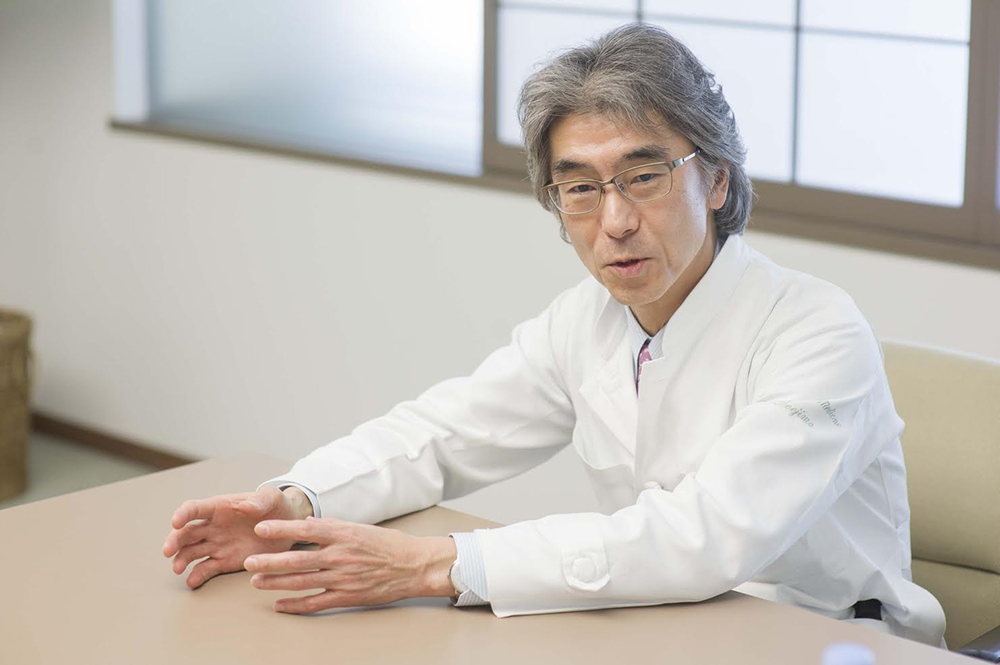
Oya: Lastly, could you give a few words of advice to researchers who are just starting their careers?
Soejima: First and foremost, I would ask early-career medical doctors to examine their patients carefully. When you put yourself in your patient's shoes, you cannot help but wonder what more you can do for them. Once in that mindset, you inevitably start to wonder "what if." What if there were other new treatments available? Clinical practice alone will never be fulfilling in and of itself. Take that feeling to heart and turn it into a motivation to do research. You'll start to realize things that you would never have been able to otherwise. It is important to bear in mind that the ultimate goal of our research is to provide better treatments for the patients. Sometimes you may feel research is extremely painful, but you can get through even the toughest moments if you keep the patient in mind.
The Division of Translational Research was established to turn the results of researchers' tireless efforts into usable medical treatments, so don't leave your research to sit in the lab. Fill your research and clinical practice with hopes, dreams, and a strong sense of purpose, and know that we are here to help you make your research a medical reality.
Oya: Thank you for your time.
*The Japan Agency for Medical Research and Development (AMED) promoted the Translational Research Network Program since 2012 to accelerate translation of promising basic research findings into clinical research and trials. The program's aims are to provide the public with innovative pharmaceutical products and medical equipment in an efficient and effective manner.
As of March 2016, the following nine institutions have been selected by AMED as translational research centers: Hokkaido Organization for Translational Research (comprised of Hokkaido University, Sapporo Medical University, and Asahikawa Medical College), Tohoku University, University of Tokyo, Nagoya University, Kyoto University, Osaka University, Kyushu University, Keio University, and Okayama University.
Postscript
 While our specialties differ--I specialize in lung cancer while Dr. Oya specializes in prostate cancer--I had a great time talking with Dr. Oya about our research. Some of our talk may have been slightly specific for a general audience, but I hope that our readers can get a feel for how we, as doctors, try to bring up our research findings to medical treatment. Since there is no set methodology for bench-to-bedside translational research, universities throughout Japan are exploring their own way to offer support services through trial and error.
While our specialties differ--I specialize in lung cancer while Dr. Oya specializes in prostate cancer--I had a great time talking with Dr. Oya about our research. Some of our talk may have been slightly specific for a general audience, but I hope that our readers can get a feel for how we, as doctors, try to bring up our research findings to medical treatment. Since there is no set methodology for bench-to-bedside translational research, universities throughout Japan are exploring their own way to offer support services through trial and error.
We will also seek an ideal support system built on Keio's strengths here at the Division of Translational Research.
Dr. Kenzo Soejima
Vice Director, Keio University Hospital Clinical and Translational Research Center
Chief, Division of Translational Research
Clinical and Translational Research Center, Keio University Hospital
 During this interview, I was impressed how well-versed Dr. Soejima was on the history of lung cancer treatments, particularly that of new, epoch-making molecular targeted drugs.
During this interview, I was impressed how well-versed Dr. Soejima was on the history of lung cancer treatments, particularly that of new, epoch-making molecular targeted drugs.
Dr. Soejima's passion for the clinical practice was likely to make him such an excellent clinician. As one so invested in clinical practice, I can imagine that it was not an easy decision for Dr. Soejima to take this appointment as Chief of the Division of Translational Research. He is sure to lead translational research efforts here at Keio with his vast amount of knowledge and experience. I'm excited for the future prospects of his division.
Dr. Mototsugu Oya
Vice Director, Keio University Hospital
Professor, Department of Urology, School of Medicine, Keio University
